Hawaiian Cydia Hübner (Lepidoptera: Tortricidae: Olethreutinae: Grapholitini)
My dissertation research is on the systematics of Hawaiian Cydia (Lepidoptera: Tortricidae). Moths of the genus Cydia play an essential and under-appreciated role in Hawaiian conservation. For example, Cydia larvae are the most important insect food resource of palila, an endangered Hawaiian forest bird. Cydia larvae are also heavily parasitized by alien parasitic wasps, some of which may have been introduced as biological control agents for crop pests. Furthermore, plans to introduce Cydia succedana to Hawaii as a control agent for gorse (Ulex europaeus) can have indirect impacts on native Cydia populations by increasing the prey base available to alien parasitoids. However, knowledge of taxonomy, biogeographic patterns, host plants, and natural histories of Cydia species in Hawaii is generally absent. A modern systematic treatment of Hawaiian Cydia moths will provide a foundation on which to base conservation and natural resource policy decisions. Moreover, my research will lend further insight into the patterns and processes of species formation, the basis of biological diversity, which can be applied to other poorly understood species groups.
Cydia is a cosmopolitan genus that includes codling moth (C. pomonella), a pest of apples, and the Mexican jumping bean moth (C.deshaisiana). In Hawaii, the thirteen known species are all thought to be endemic, some possibly to one island or one region within an island. There are likely many more species that await discovery. Where hosts are known, larvae feed either inside of seeds, under bark, or in terminal twigs of leguminous plants (Fabaceae).

Eggs are probaly laid singly or in small clusters on the surface of the seedpods. The eggs in the above photographs were laid by Cydia plicata on the pods of mamane (Sophora chrysophylla) after a male and female moth were left in a mason jar with a mamane pod for 3 days.

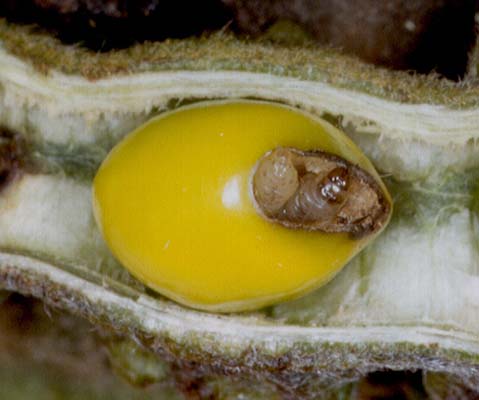
Above left is a cluster of mamane (Sophora chrysophylla) seed pods. Late instar caterpillars often bore a hole to the outside of the pod and over it with a silk plug. Later the pupa will emerge from this hole (above right). Above middle is a caterpillar in the seed of mamane. It appears that eggs are layed on the outside of the seedpod and the first instar caterpillar, upon hatching, bores its way through the pod and the seed coat to the endosperm. A caterpillar may feed on more than one seed in a pod (or even seeds of more than one pod) during its development. Pupation occurs inside the seed. When the adult is ready to emerge the pupa wiggles its way out of a hole prepared by the larva and emerges from the pod (above right). Larvae of Hawaiian Cydia are parasitized by a number of wasps, including both native and alien species in the families Ichneumonidae and Eulophidae.
Below are some images and tentative identifications of some Cydia adults.
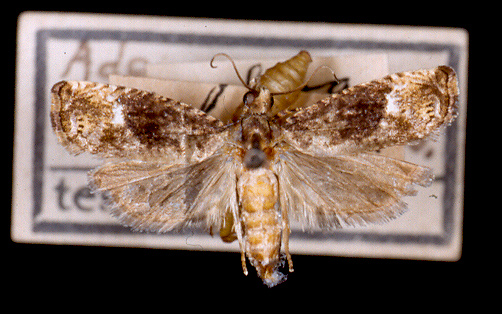
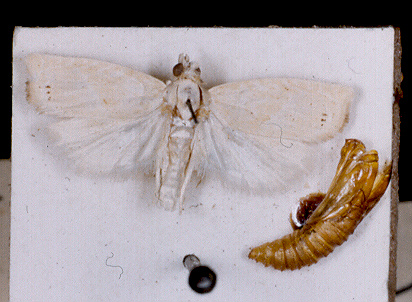
Cydia conspicua (host: Acacia koa) .........................................................Cydia pallida (1 specimen from Oahu 1914)


Cydia parapteryx (host: Canavalia, Strongylodon) .......................................Cydia latifemoris (reared from Sophora on Maui)
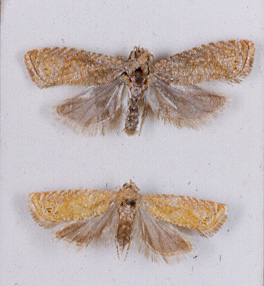

Cydia rufipennis (host: Acacia koa)............................ Cydia n.sp.2 [Oboyski] (reared from Sophora on Molokai)
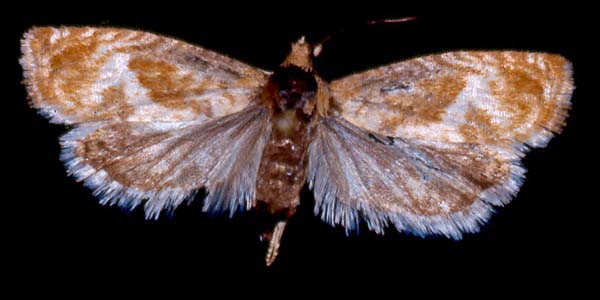
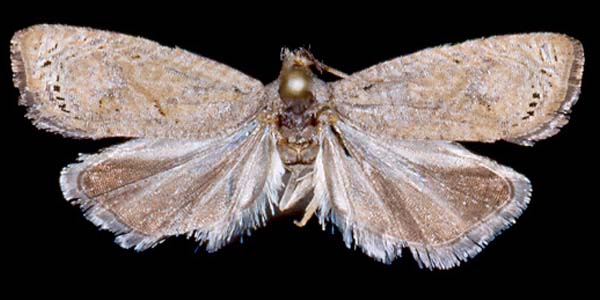
Cydia plicata (reared from Sophora on Hawaii Island) .............................. ... Cydia plicata (reared from Sophora on Hawaii Island)
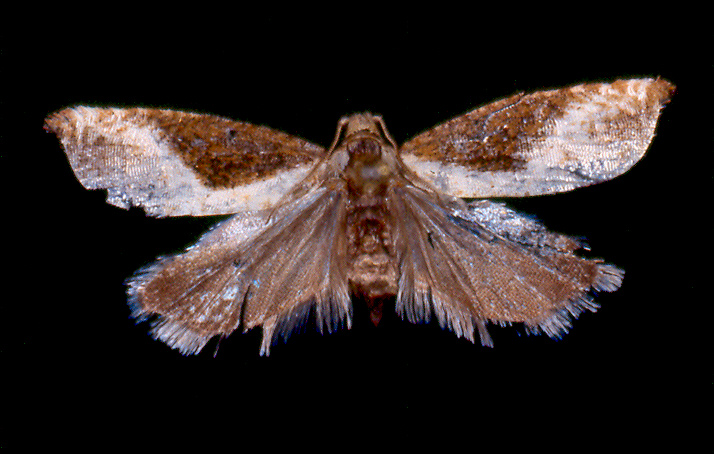
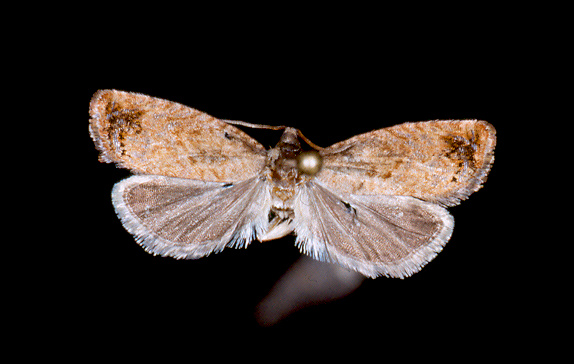
Cydia plicata (reared from Sophora on Hawaii Island) ........................... Cydia plicata (reared from Sophora on Hawaii Island)
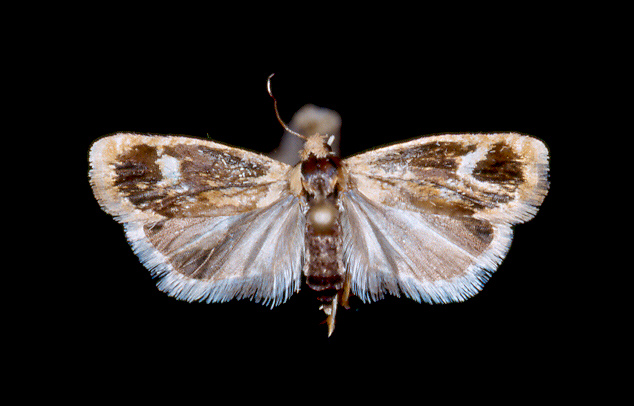
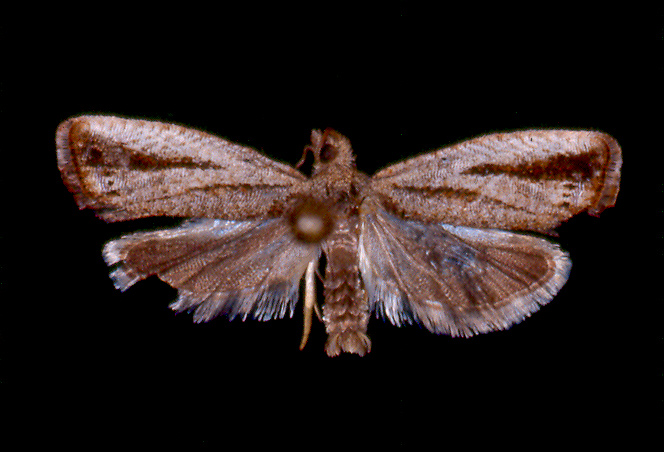
Cydia plicata (reared from Sophora on Hawaii Island) ........................... Cydia plicata (reared from Sophora on Hawaii Island)
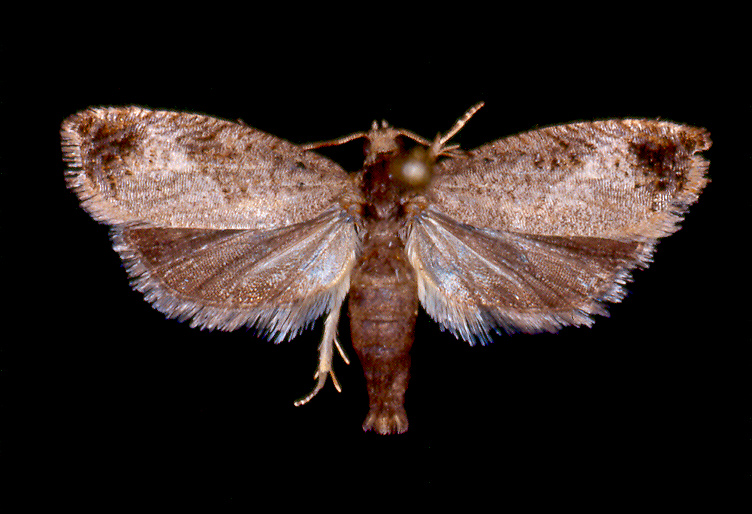

Cydia plicata (reared from Sophora on Hawaii Island) ........................... Cydia plicata (reared from Sophora on Hawaii Island)
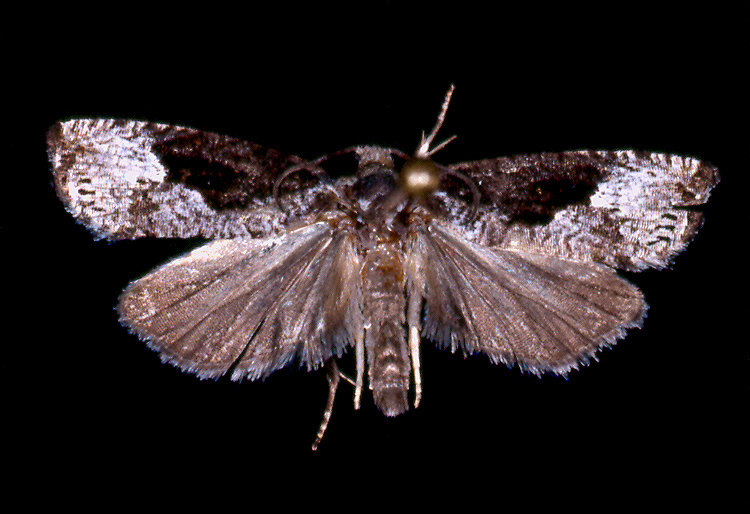
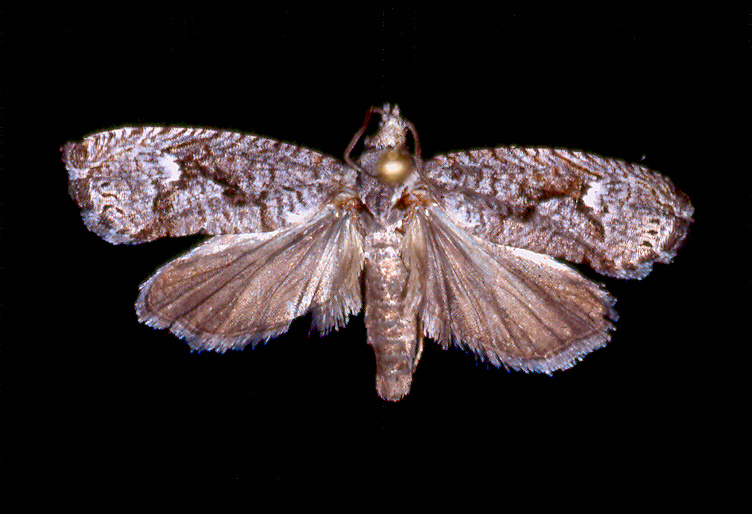
Cydia n.sp.1 [Zimmerman] (UV light near Acacia koaia).............................Cydia n.sp.1 [Zimmerman] (UV light near Acacia koaia)
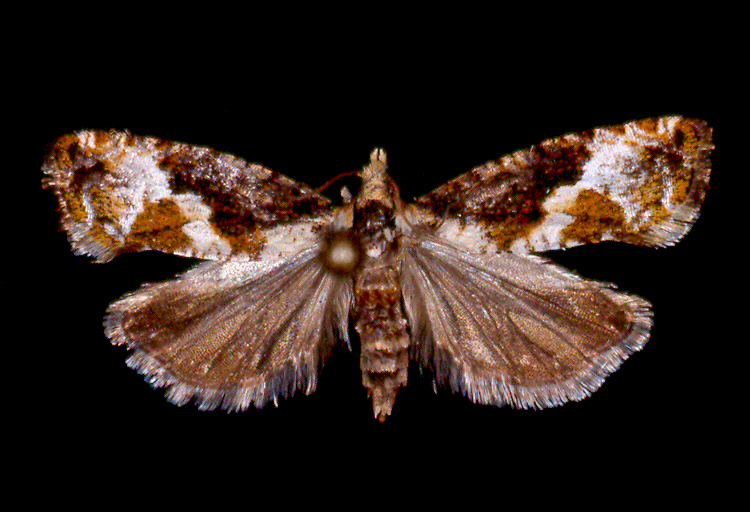
.......Cydia walsinghamii (UV light near Acacia koa on Hawaii Island)